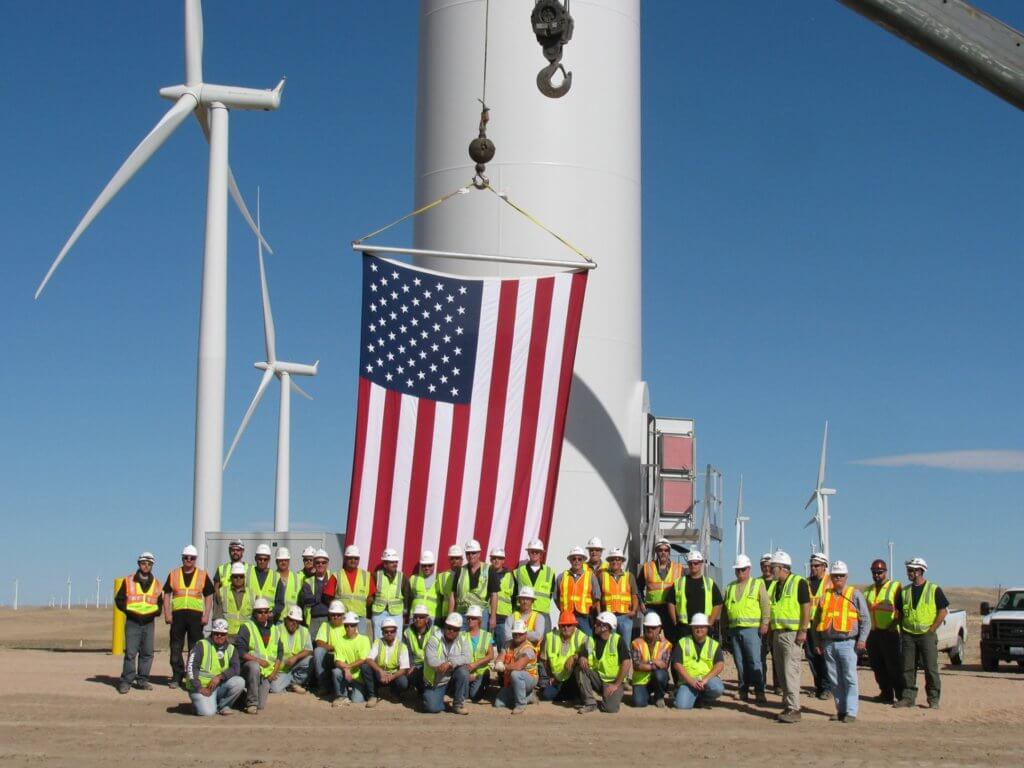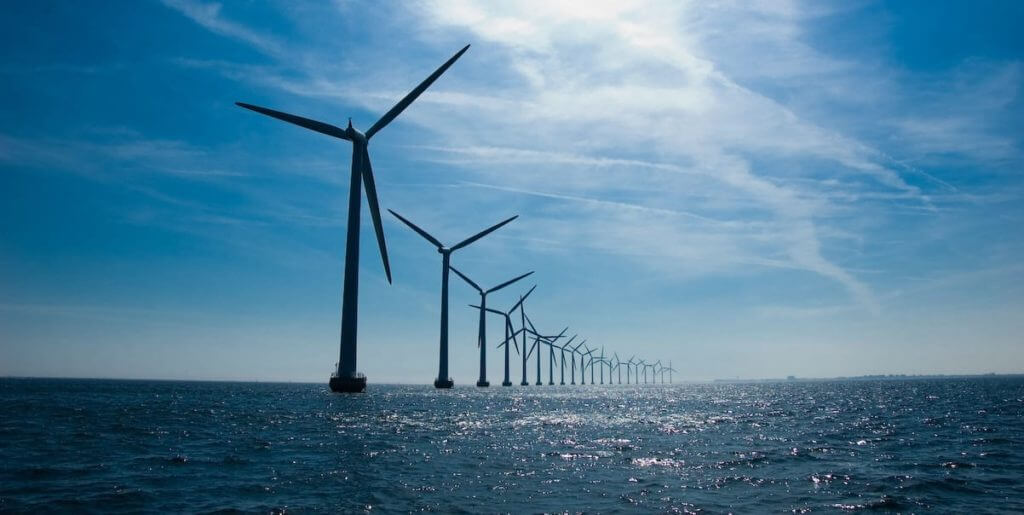WINDPOWER 2014: Top 3 newsmakers
Have you recovered yet?
The WINDPOWER Conference & Exhibition is always a frenzy of activity, and WINDPOWER 2014 was no different. Activity never ceases, all characterized by words that end in ing: networking, learning, socializing, deal making, walking (and running), standing, chatting, and news making.

Regarding the latter, it’s sometimes tough to identify the biggest news that rises to the surface at such a frenetic event. In case you were at WINDPOWER 2014 but were too busy doing business to make it to some of the most prominent sessions—or if you missed WINDPOWER 2014 entirely—here are three key industry developments and takeaways from the event, which took place last week in Las Vegas.
New Wind Vision. The U.S. Department of Energy (DOE) shared details for the first time of its Wind Vision initiative, launched last year at WINDPOWER. The Vision includes some aggressive yet exciting milestones that all stakeholders agree are achievable: 10 percent wind energy on the U.S. power grid by 2020, 20 percent by 2030, and 35 percent by 2050.
More than doubling wind’s penetration (to 10 percent from the current 4 percent) by 2020 will require as much growth in the next six years as in the past 40.
The benefits of realizing the vision, according to Jose Zayas, Director of the Wind and Water Power Technologies Office at DOE: $520 billion saved for electric consumers between now and 2050 (when electricity will cost 3 percent less than it otherwise would), 336 billion gallons of water saved by 2050, 140,000 industry jobs by 2020 and 400,000 jobs by 2050, plus spinoff jobs benefits.
The Wind Vision calls for approximately 10,000 MW a year to be deployed over the next several years, including substantial offshore wind starting to come online by the latter part of this decade.

Wind’s role in combatting climate change. In Las Vegas last week, industry leadership underscored its readiness to be a top solution to climate change. “The urgent need to dramatically reduce global carbon emissions brings incredible opportunity to our industry,” said Susan Reilly, CEO of RES Americas, and new Chair of the AWEA Board of Directors.
Forty percent of all carbon emissions in the U.S. come from the electric power sector—which makes the sector an absolutely crucial piece of the solution, Reilly said. And wind is the leading candidate to get the job done within that sector.
“The facts are clear: After energy efficiency, wind energy is the fastest, cheapest way to get the biggest carbon reductions in our energy portfolio,” Reilly said. “So wind energy is no longer an ‘alternative’—it is an imperative.”

DOE advances three demo offshore projects. Choosing WINDPOWER for the announcement, DOE named the three winning offshore projects for Phase 2 of its Advanced Technology Demonstration Project Initiative. The winners, chosen from a group of seven projects that comprised the initial phase of the program, are now eligible to receive up to an additional $46.7 million each to advance their projects, all of which are focused on next-generation offshore technology. The winners include projects from Dominion Virginia Power, Fishermen’s Energy of New Jersey, and Principle Power of Washington. All three projects use direct-drive turbines. Proposals from the University of Maine and the Lake Erie Energy Development Corp. were named as alternates for Phase 2.
The demonstration projects are part of an effort at accelerating the deployment of more efficient offshore wind power technologies by improving performance and lowering cost. The projects are slated to be deployed as grid-connected systems in federal and state waters by 2017.




